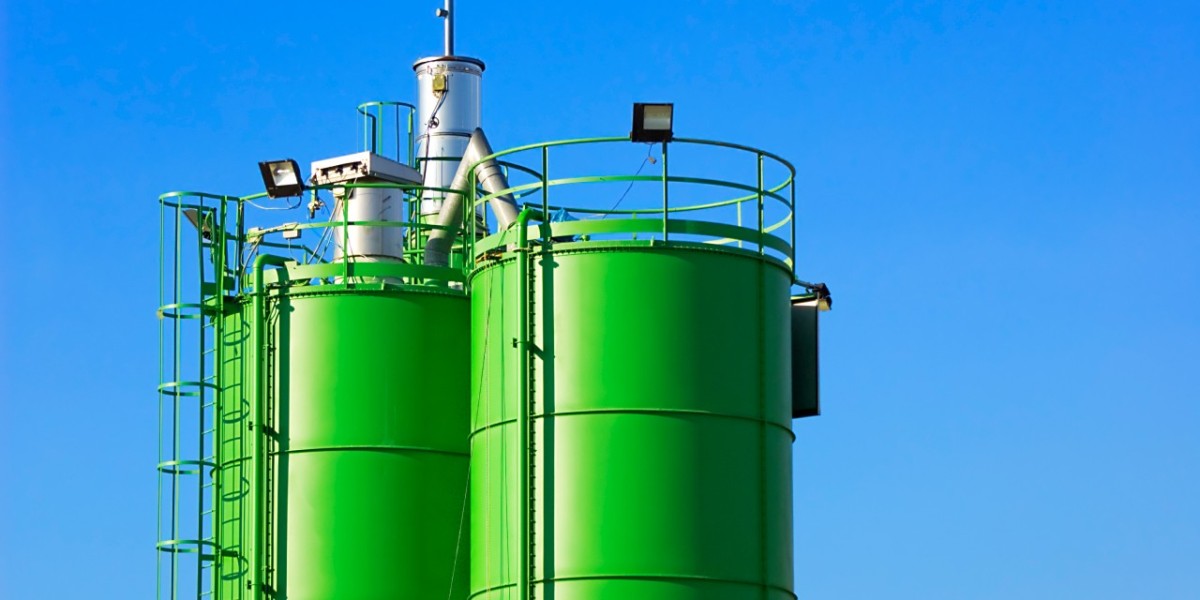Anaerobic Treatment
Anaerobic digestion is a biological treatment where the degradation of the organic matter happens in the absence of oxygen and produces biogas as a by-product. Anaerobic digestion of wastewater is the economic choice for the treatment of high-COD industrial effluents. High-rate anaerobic reactors extend the benefit of anaerobic treatment for medium and high strength effluent, substantially reducing the cost of effluent treatment plants. In an anaerobic digestion, a variety of micro-organisms have to work together to convert organic pollutants into biogas. Biogas contains 50 to 80% methane.
High-Rate Anaerobic Reactors
High-rate reactors operate on the principle of decoupling biomass retention time from the hydraulic retention time. Examples of high-rate anaerobic reactors include the UASB (Up-flow Anaerobic Sludge Blanket) reactor and the Packed Bed Fixed Film reactor and the Fluidized Bed Fixed Film Reactor etc. The hydraulic retention time required for COD removal in high-rate reactors is small. This is important in reducing plant cost for the treatment of medium and high strength effluents which are usually discharged in large quantities.
Complex Wastewaters
Complex wastewaters are the wastewater with having high undissolved or particulate COD. High-rate reactors are successful only for the treatment of effluents containing COD in dissolved form. There are no high-rate reactors, in use, for the treatment of complex wastewaters, i.e., wastewaters containing undissolved COD. The basic process of anaerobic degradation of complex effluent is:
1. Solubilization and hydrolysis: Insoluble COD converted to soluble compounds of lower molecular weight such as long chain fatty acids by enzymatic reactions using enzymes secreted by microbes
2. Acidogenesis – reactions that result in the formation of volatile fatty acids from long chain fatty acids – these carried out by acidogenic bacteria
3. Acetogenesis – formation of acetic acid, hydrogen and carbon dioxide from volatile fatty acids
4. Methanogenesis – formation of methane by a) break up of acetic acid b) synthesis from carbon dioxide and hydrogen
In general, or in case of wastewater having high soluble COD, the Methanogenesis turns out to be the rate-limiting step in the anaerobic treatment of wastewaters. On the other hand, Solubilization and hydrolysis are rate limiting in the anaerobic treatment of wastewaters with insoluble COD.
Example: Dairy Wastewater And Slaughterhouse Wastewater Are Typical Complex Wastewater
Dairy wastewater is a high strength complex industrial waste. Untreated, the waste rapidly putrefies, causing severe odour. Conventional anaerobic reactors are unable to carry out biomethanation of fat in dairy wastewater. Therefore, many a times end up other removal steps for fats and suspended particles discharged along with the wastewater. The characteristics of dairy wastewater greatly depends on the products and dairy operation. For example: Milk effluent has characteristics different from that of cheese effluent or ice-cream effluent. Special attention has to be given to the following aspects of process and reactor design when dairy wastewaters are to be treated
- Fat content – fat is very slowly degraded in anaerobic reactors. Even after long fat retention time, a non-degraded residual fraction is retained in the reactor and accumulates in the sludge and as scum.
- Acidification – milk effluent is rapidly acidified by breakdown of lactose resulting in acidification. Acidified milk effluent has to be neutralized, by alkali addition or by alkalinity recycle, in order to enable high-rate methanogenesis.
- Coagulation of solids – milk solids are coagulated at low pH. Coagulated solids are more difficult to degrade than emulsified solids.
Hence, the anaerobic process for dairy wastewater is more effective when:
- Effluent is unacidified
- Reactor provides good back-mixing
- Sludge has high fat degradation activity
UASB Reactor Failure When Applied For The Treatment Of Some Dairy Wastewaters
The UASB reactor is an economical solution for the treatment of effluents which have substantially dissolved pollutants. It combines modern high-rate treatment technology with simplicity of design. In the UASB reactor, special gas-liquid-solid separators are mounted which enable collection of biogas and recycle of anaerobic biomass. The avoidance of internal packing in the reactor greatly reduces the cost of reactor construction. The UASB reactor works best when desirable micro-organisms are retained as highly active and fast settling granules. Granular seed sludge is required for quick start-up of such reactors.
But, when UASB is applied to dairy wastewaters, fat content of dairy wastewaters accumulates in the reactor adsorbed on methanogenic sludge and as scum on the gas-liquid interface. Eventually, sludge density is so reduced that catastrophic sludge washout occurs and reactor failure occurs.
The UASB – Back Flush
The UASB Back flush, is a unique solution to the high-rate anaerobic treatment of complex wastewaters. Anaerobic sludge, is retained in the reactor by a special low density granular filter system integrally provided in the reactor. Thus, the separation of sludge and its retention in the reactor is independent of the settleability of sludge.
UASB BackFlush– Principle Of Operation
The key feature of the UASB-BF is the granular bed filter, which retains sludge and effluent solids. The filter bed is kept free from choking by intermittent inverse fluidization, which backflushes retained solids into the reactor mixed liquor. The backflushing of filter bed is accomplished by a periodic release of gas accumulated in the reactor, thereby avoiding extra pumping systems and power consumption. The granular filter bed is constructed from non-degradable Plastic. Therefore, the UASB-BF is able to decouple both solids and biomass retention time from hydraulic retention time, while providing high mass-transfer conditions. The UASB-BF provides the performance of an anaerobic membrane bioreactor without the drawbacks of expensive systems and high-power costs. The UASB-BF retains all microflora – settling, dispersed and slow growing– enabling the development of high activity sludge.
Elixir Enviro Systems has designed several effluent treatment plants with UASB-BF based anaerobic digestion system. We do the process design, the operational optimization and effective implementation of Anerobic digestion of wastewater across the industries and are a market leader for effluent treatment plants. We have successfully implemented several effluent treatment plant with anaerobic digestion system, especially in ice-cream industries, rice-mill industries and dairy to name a few.



